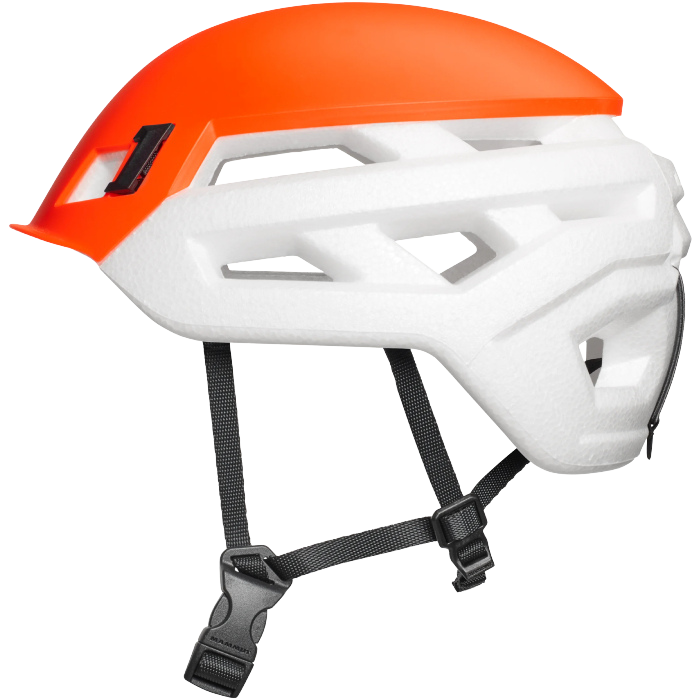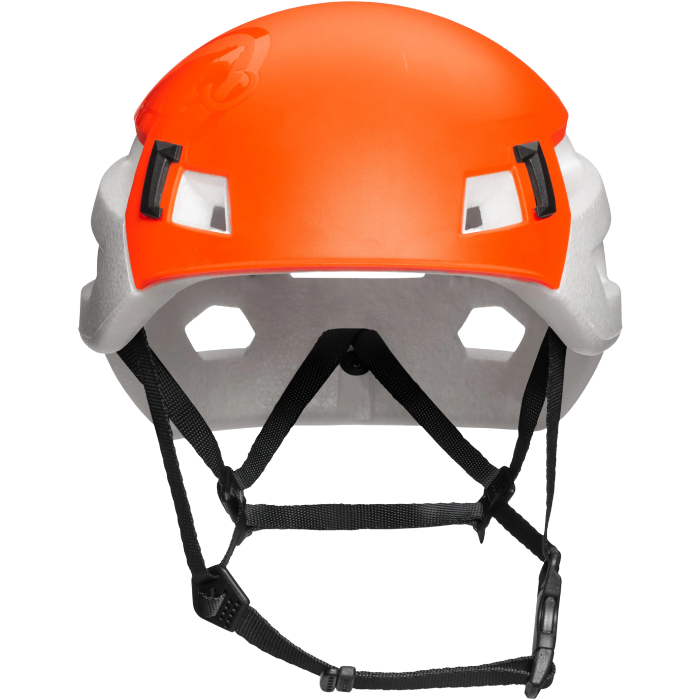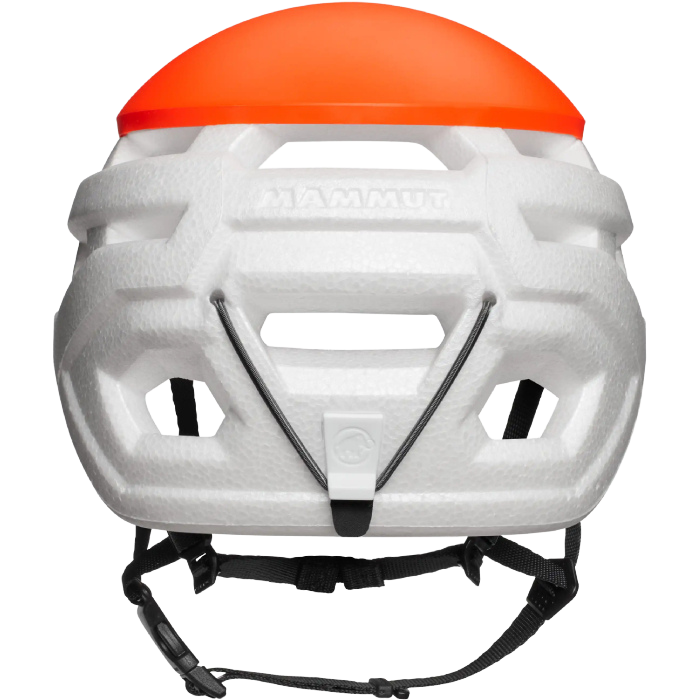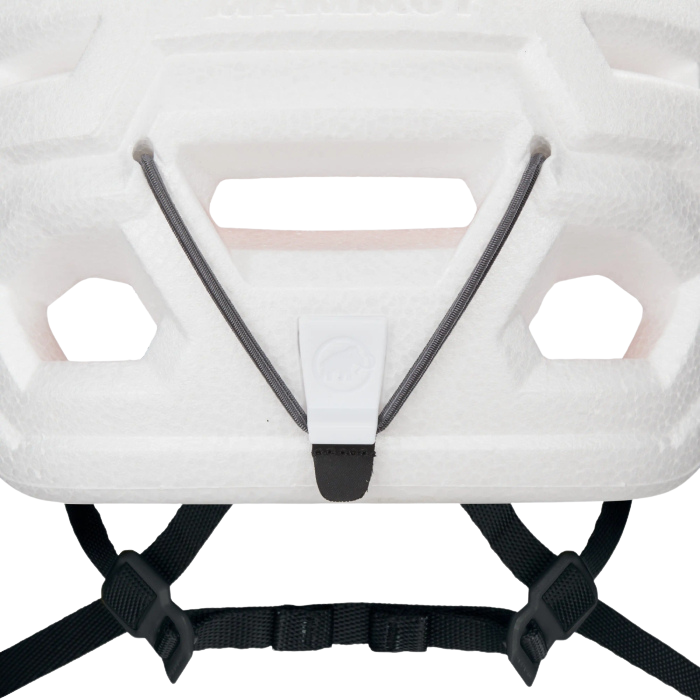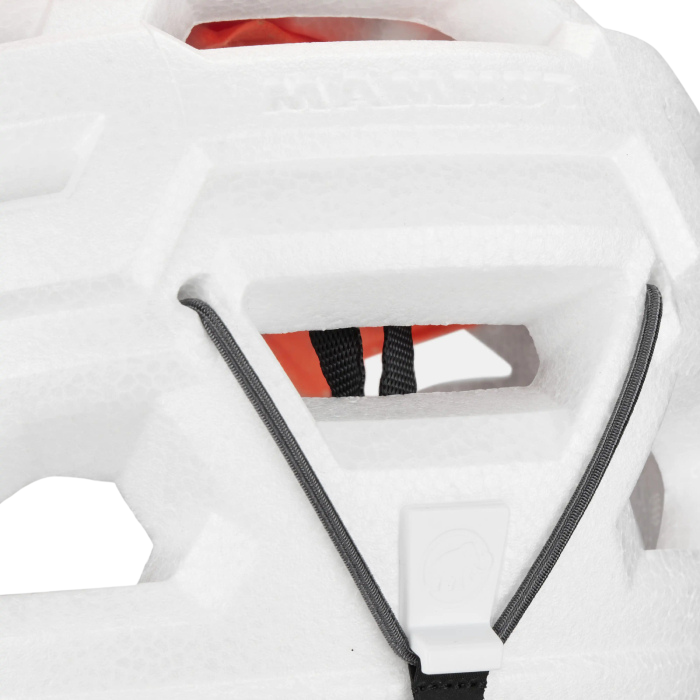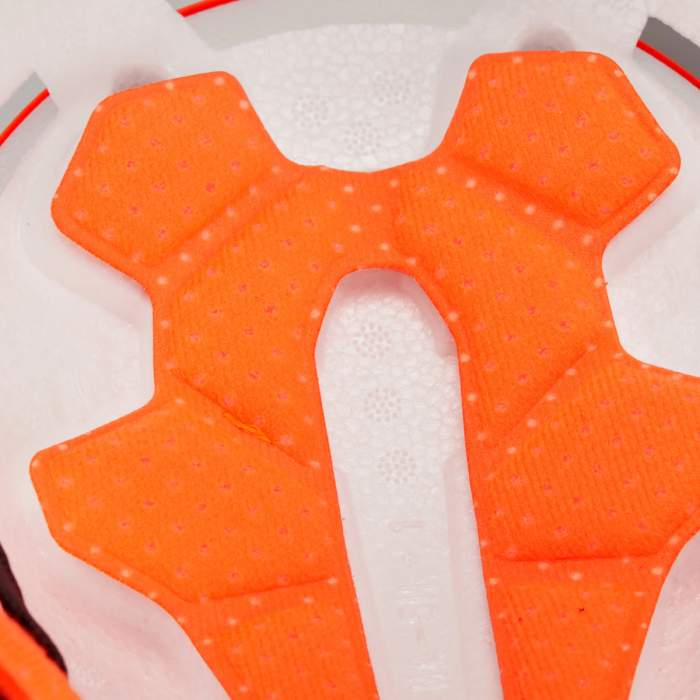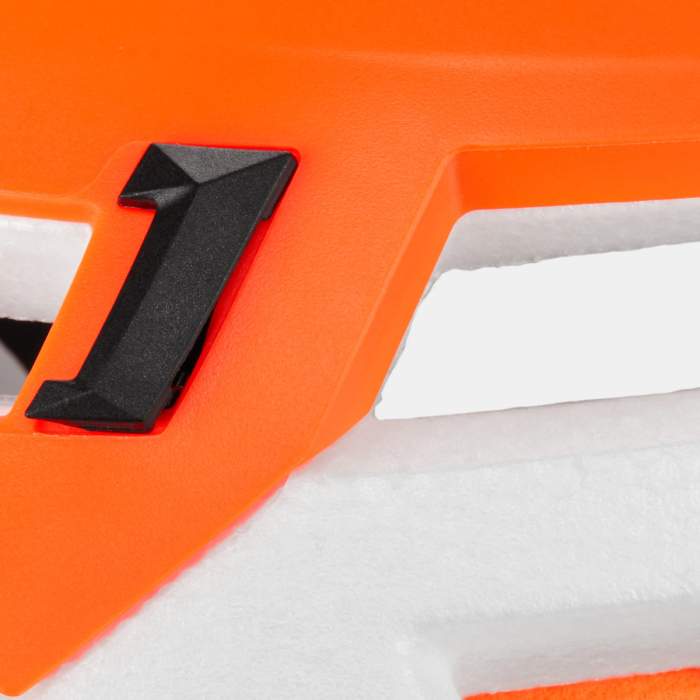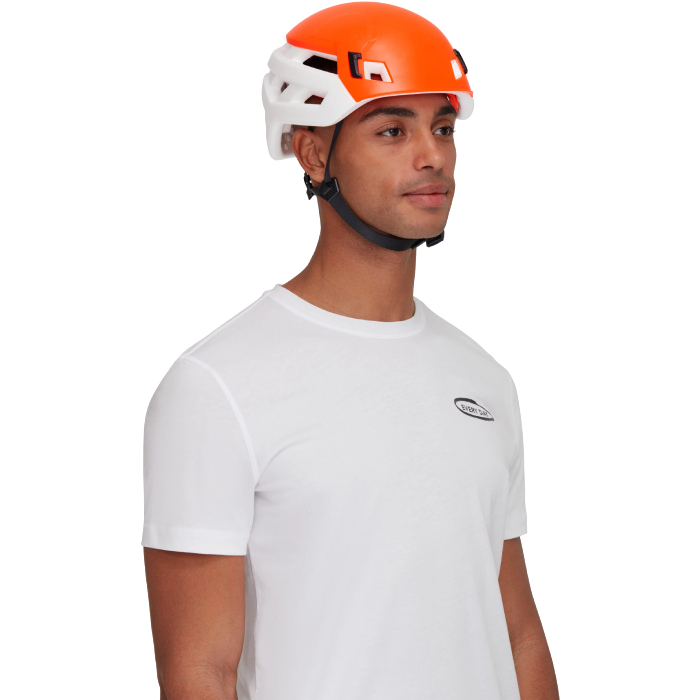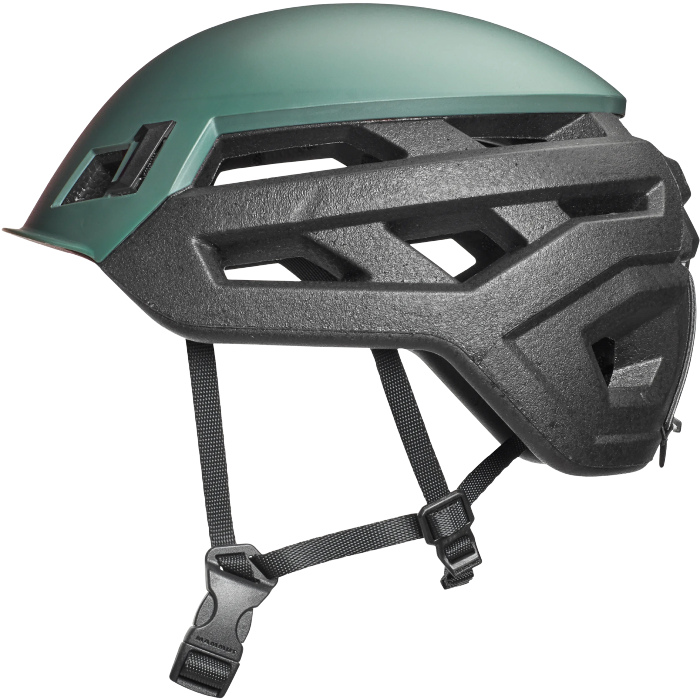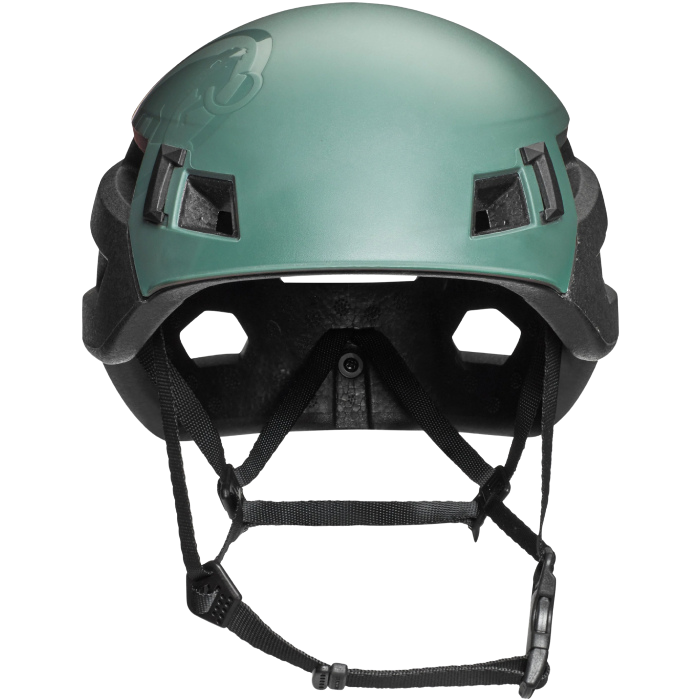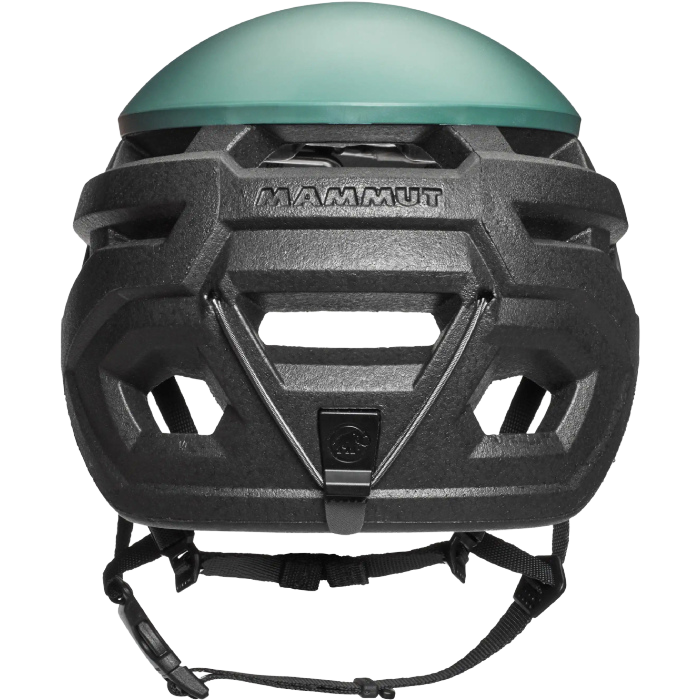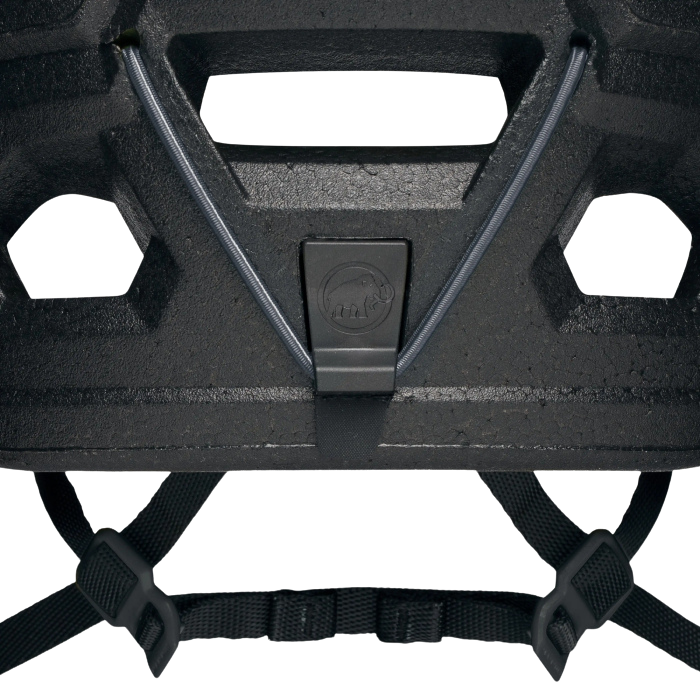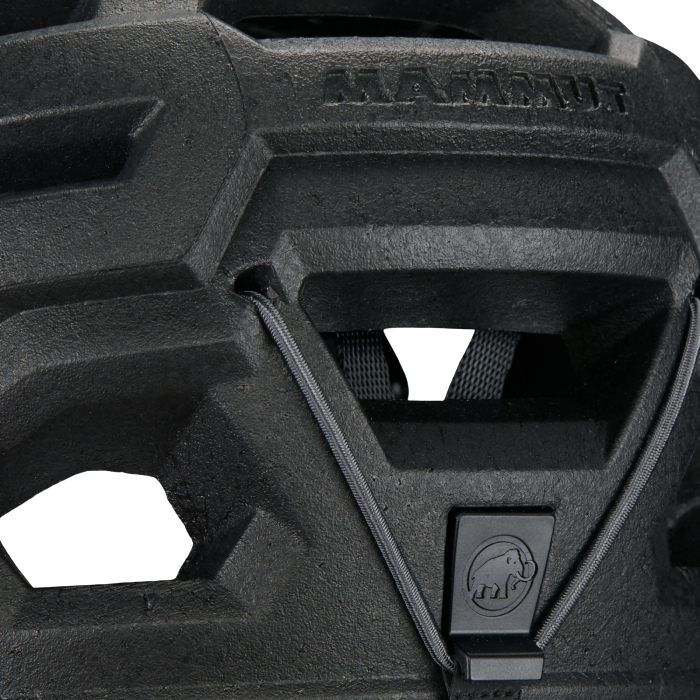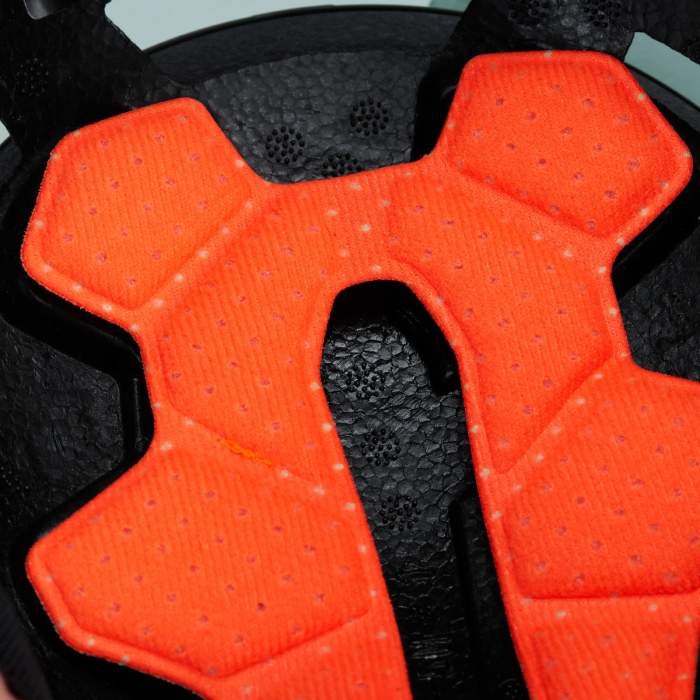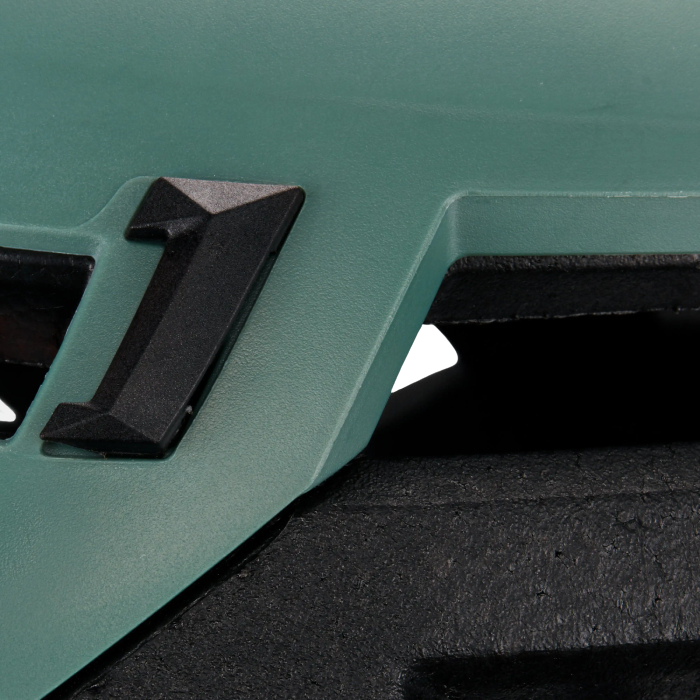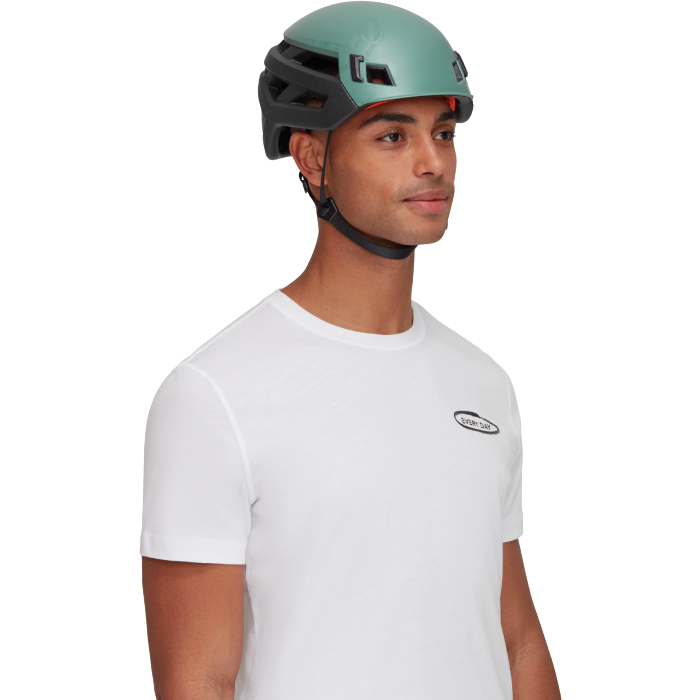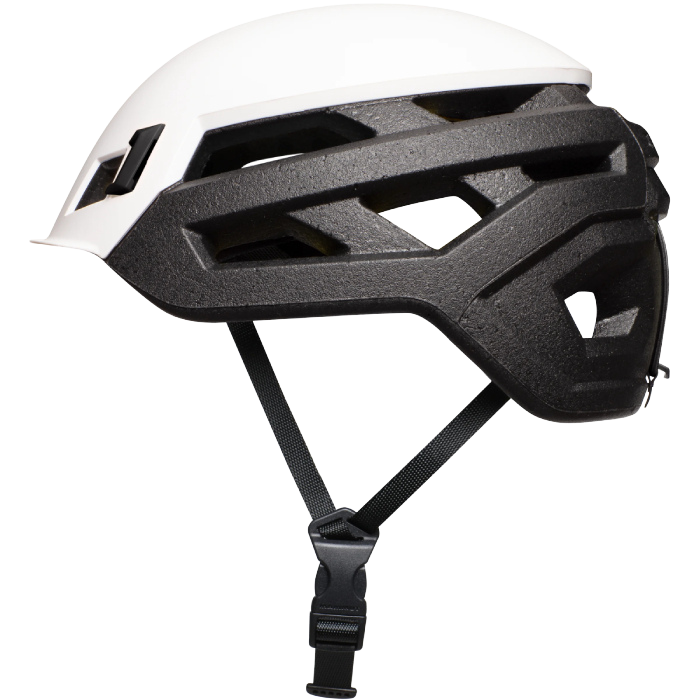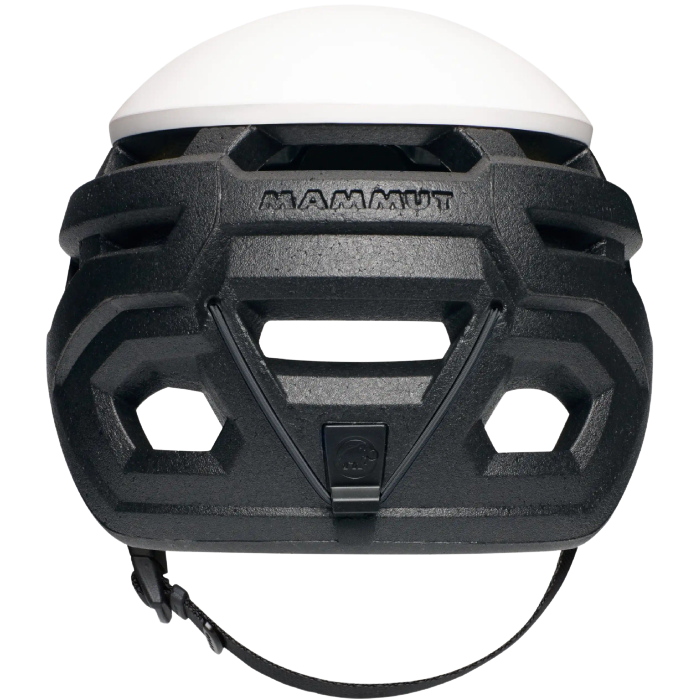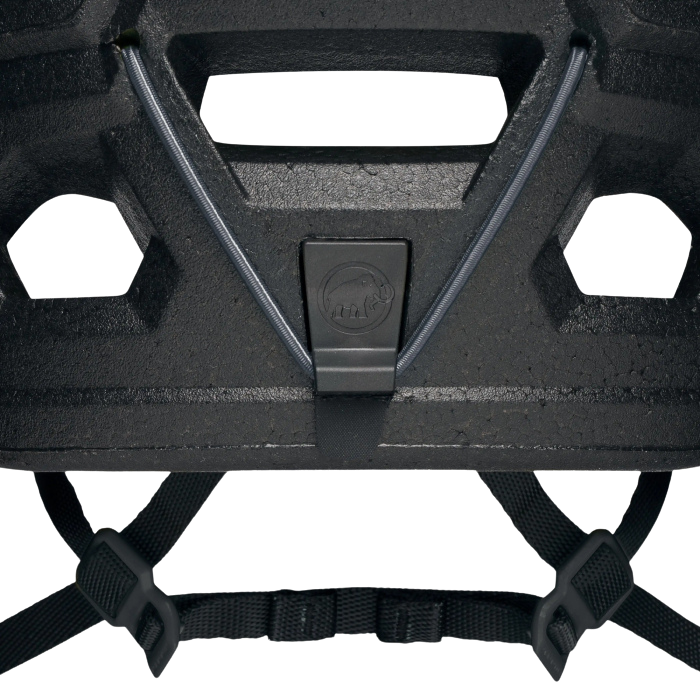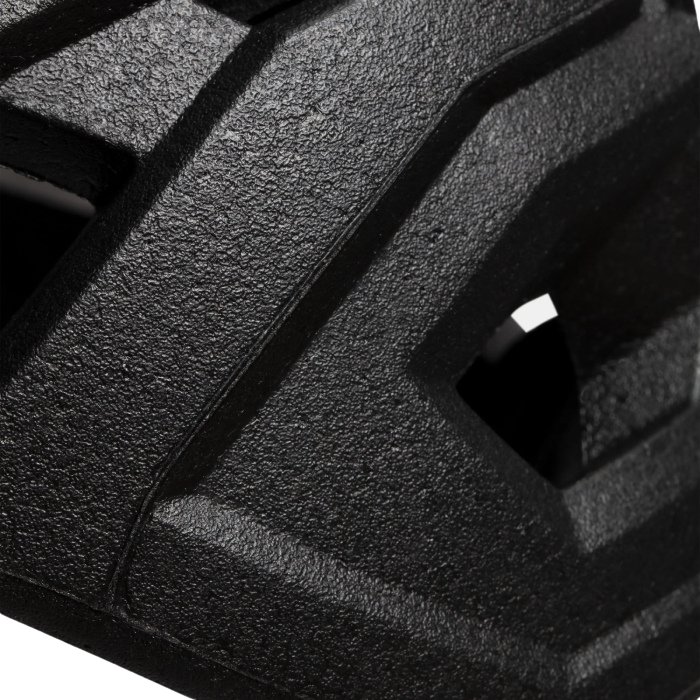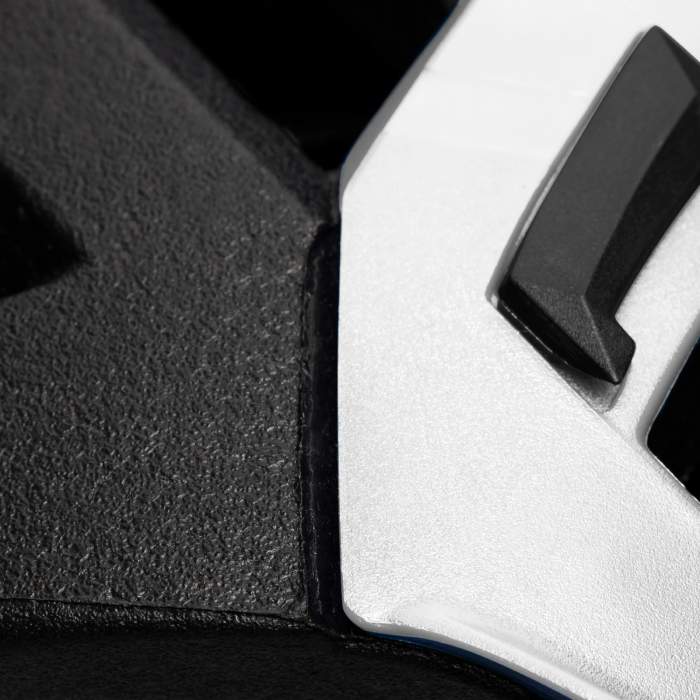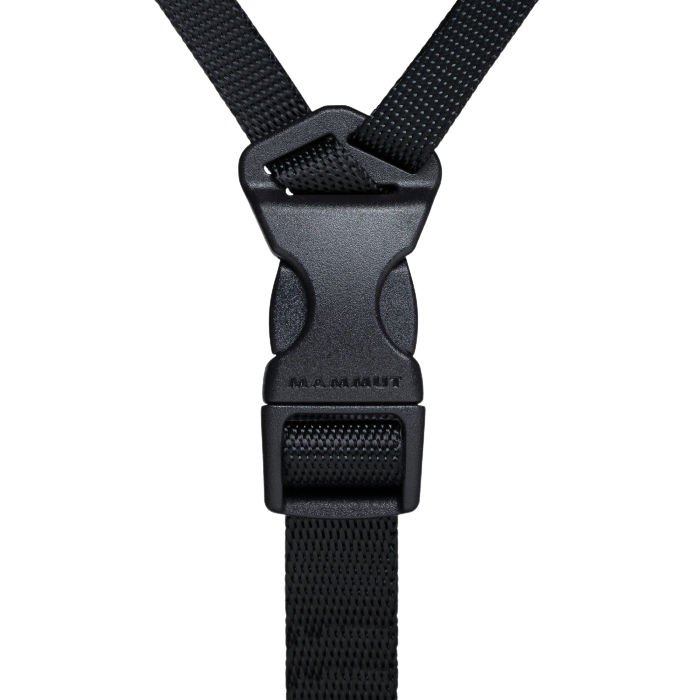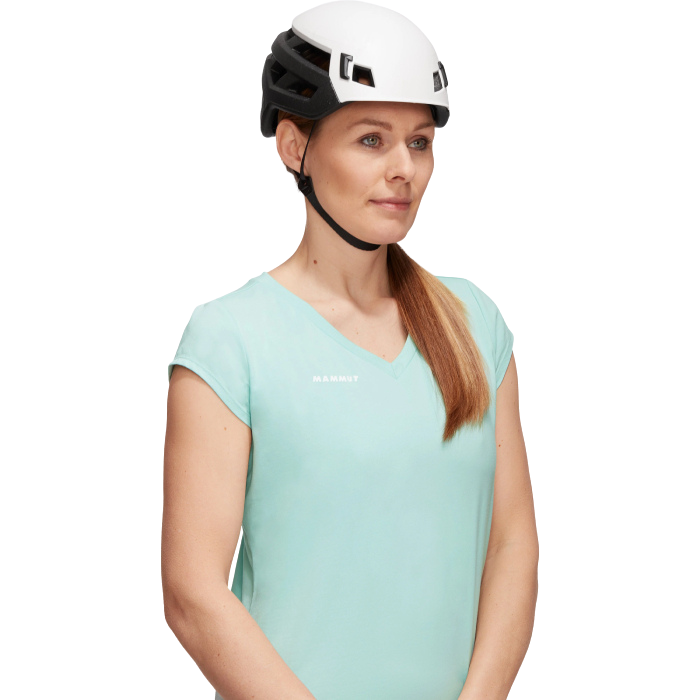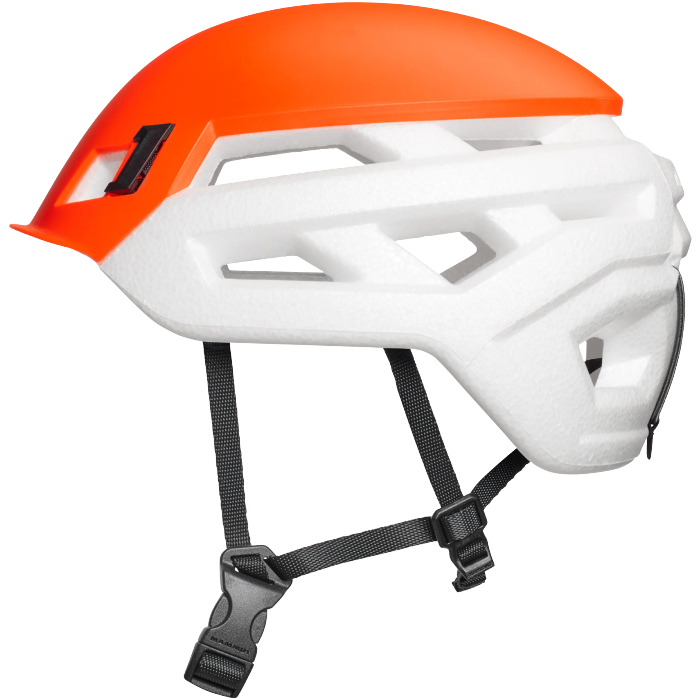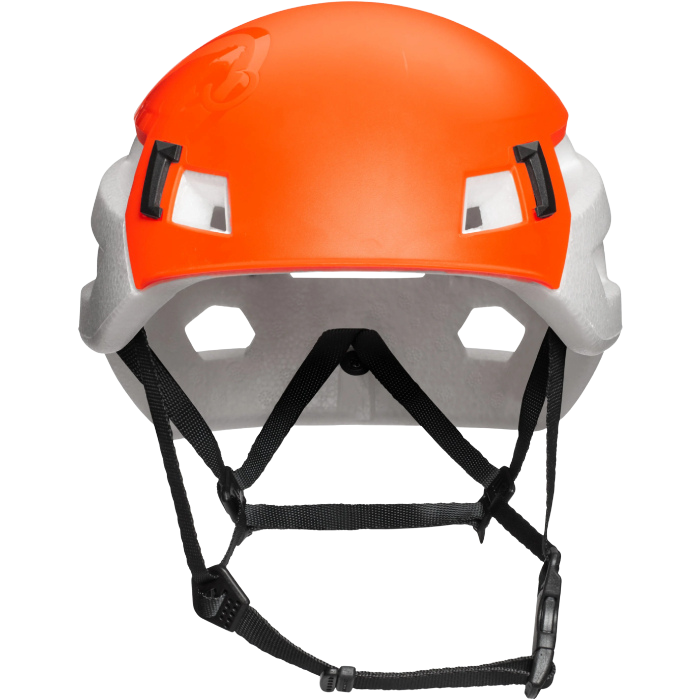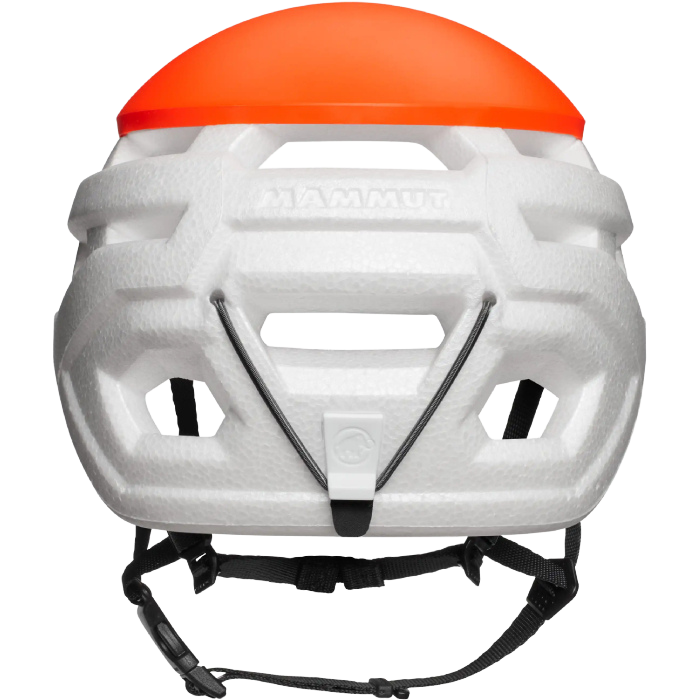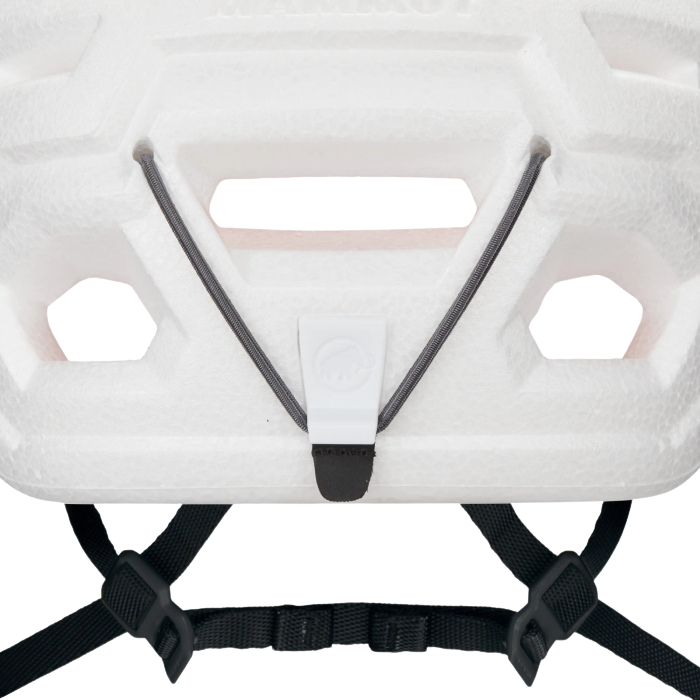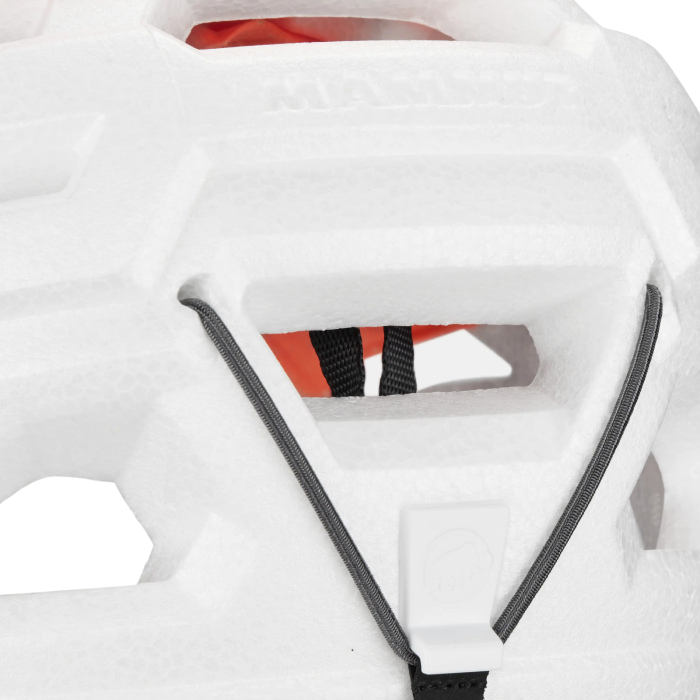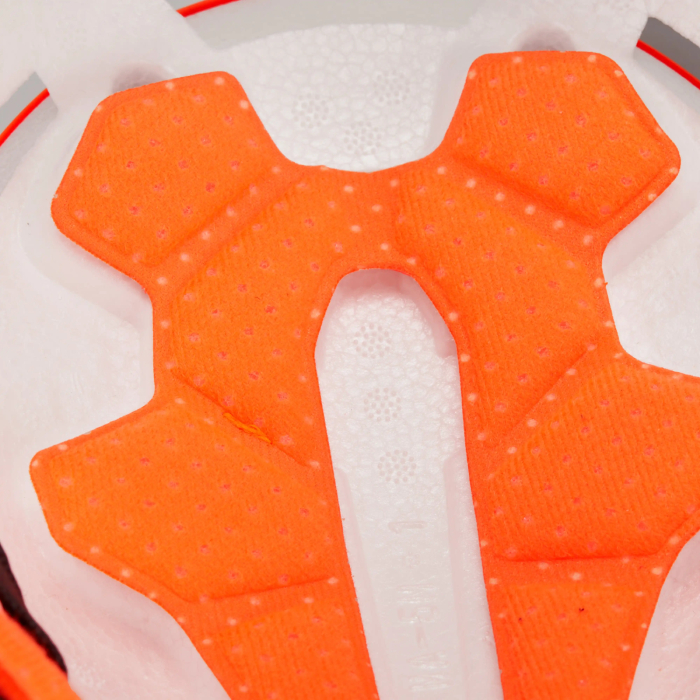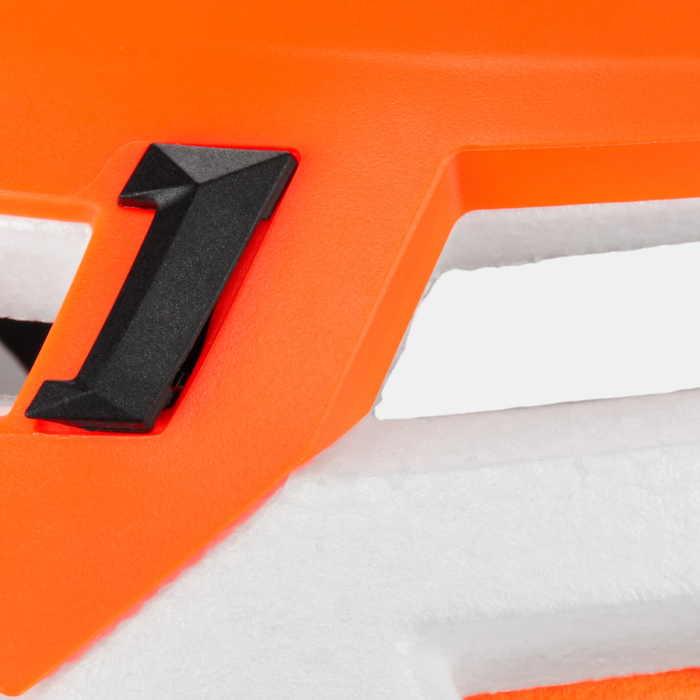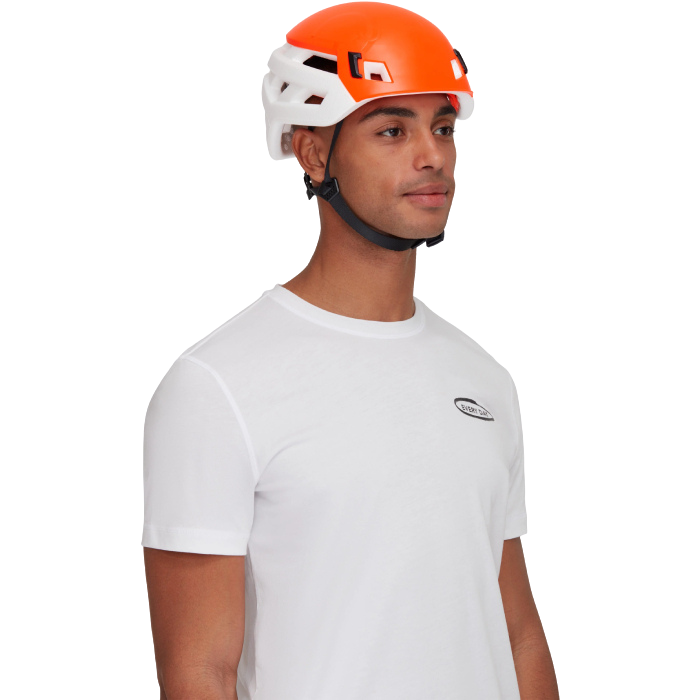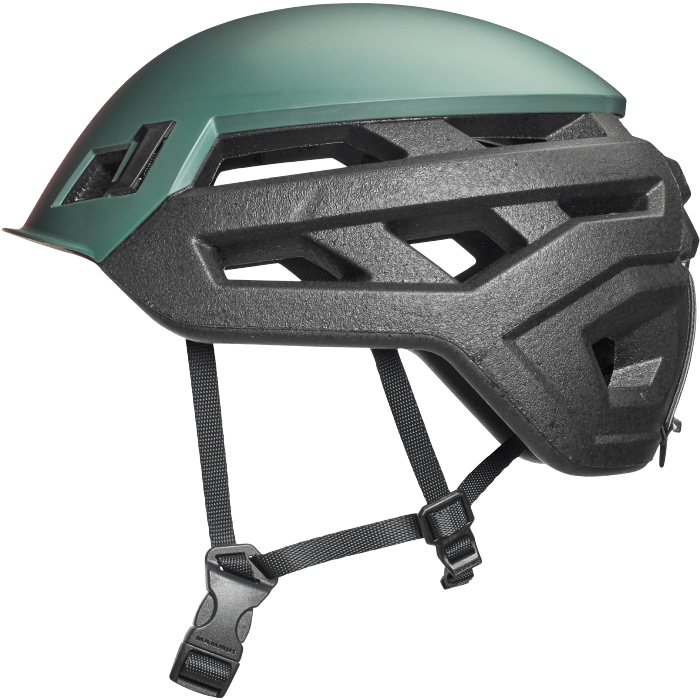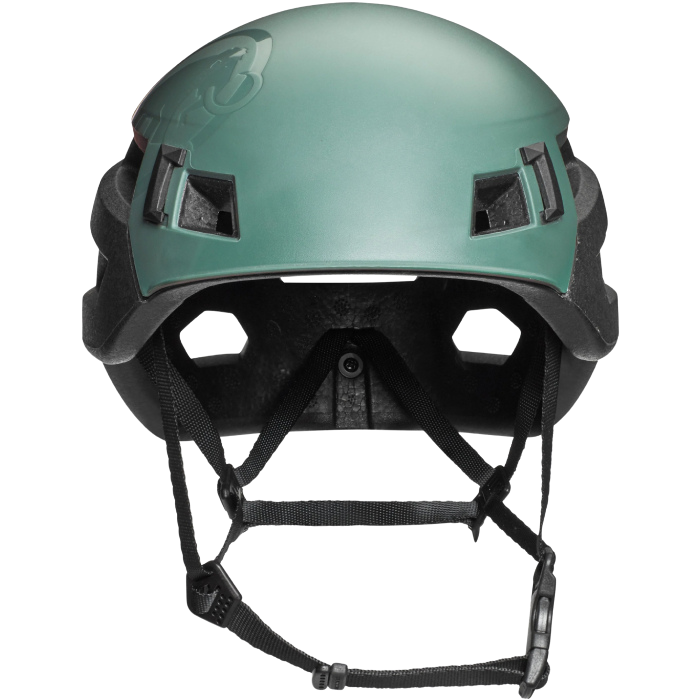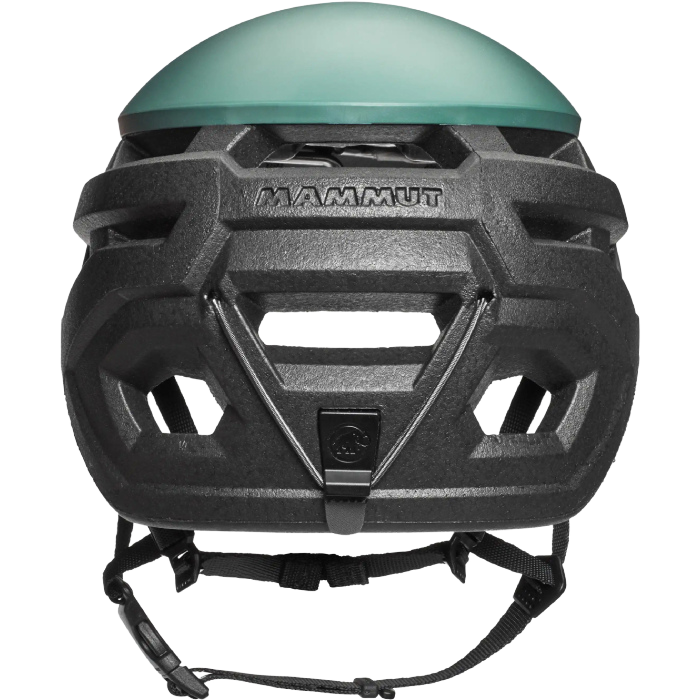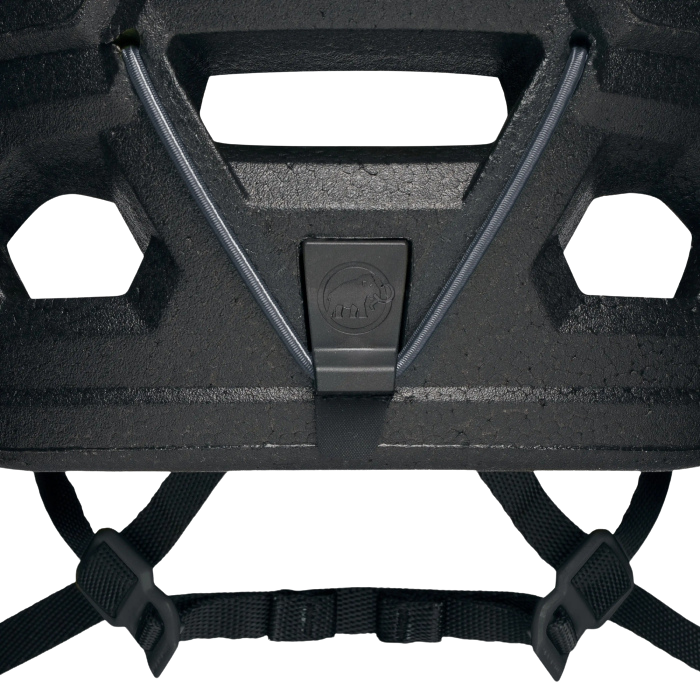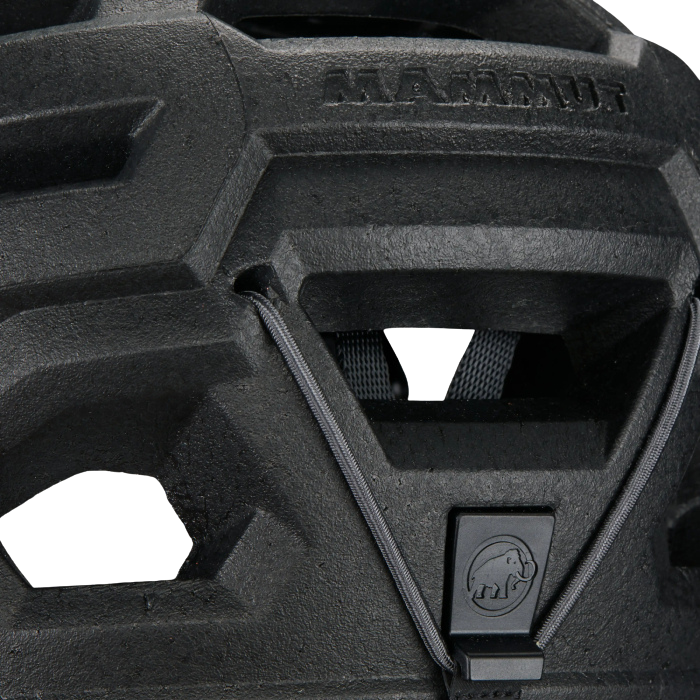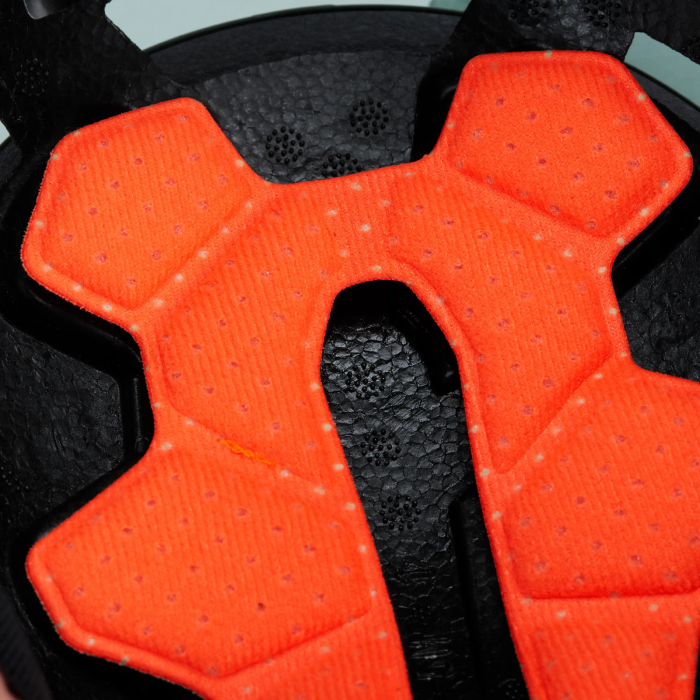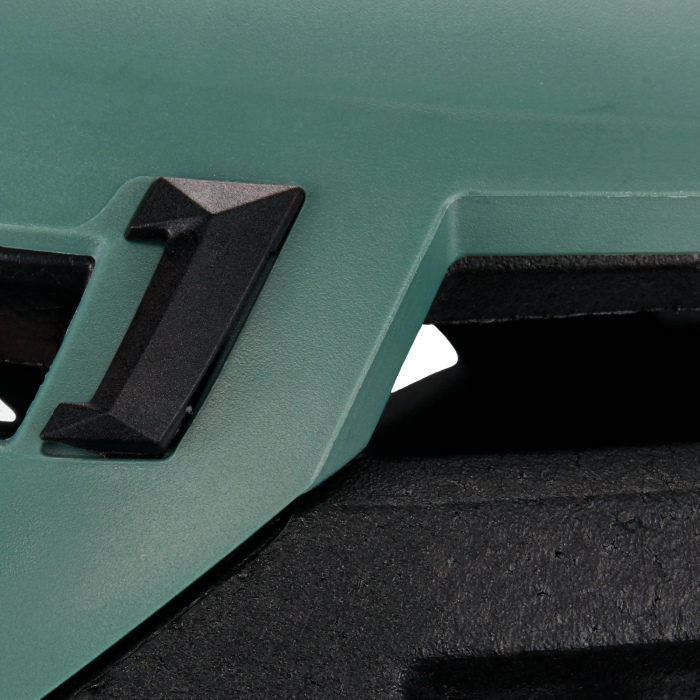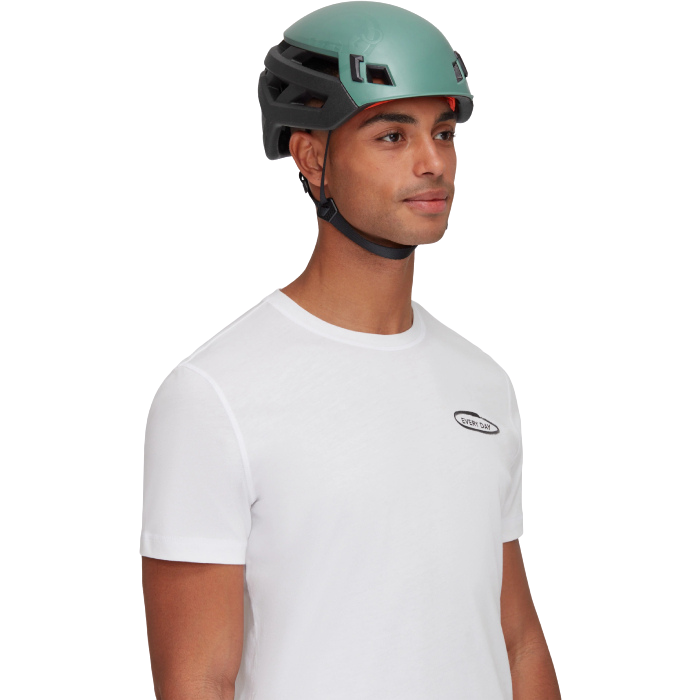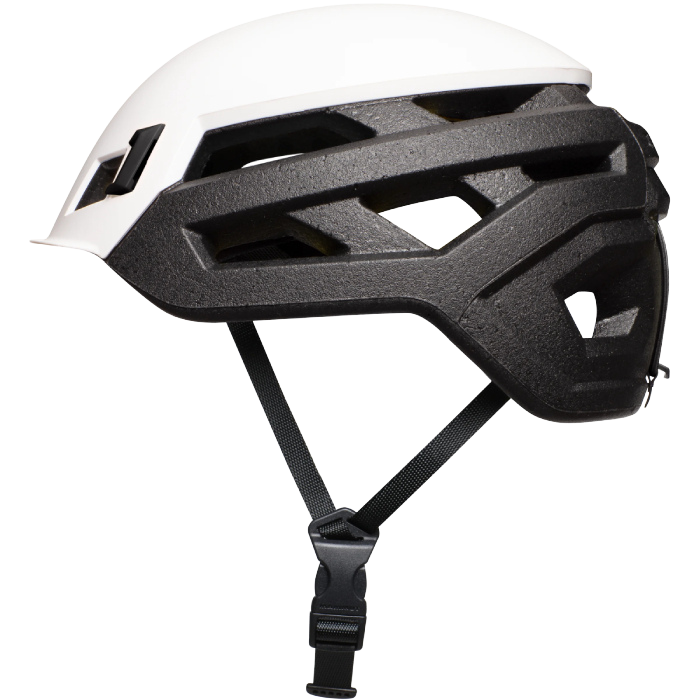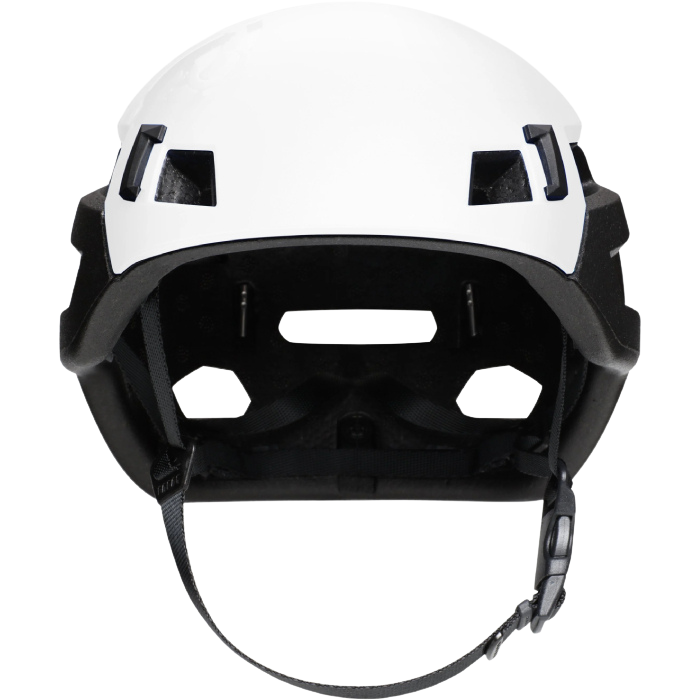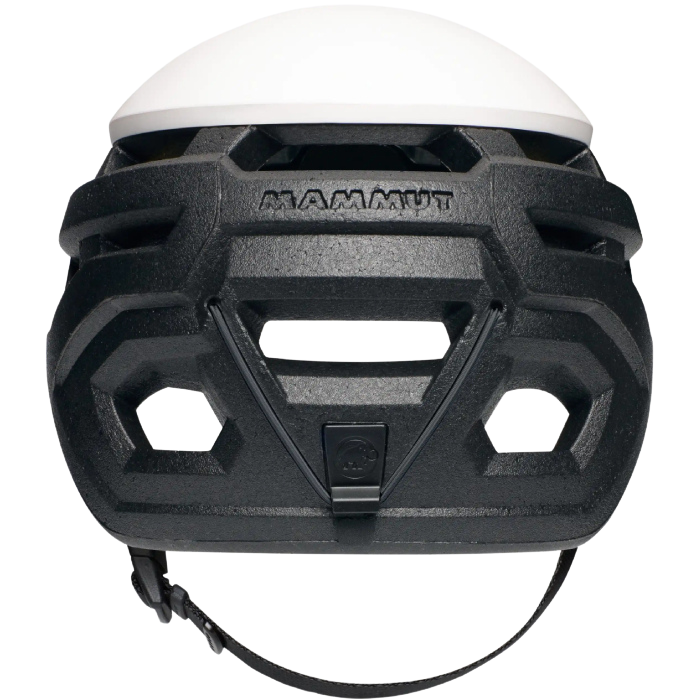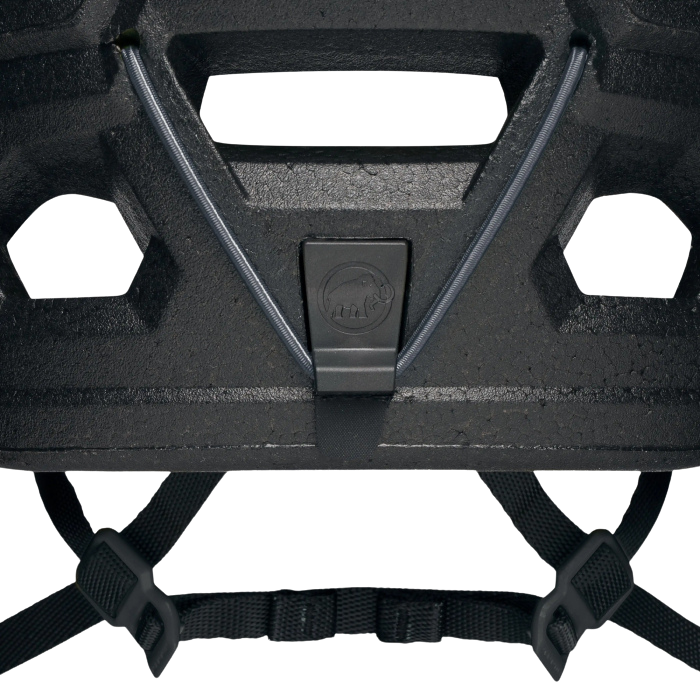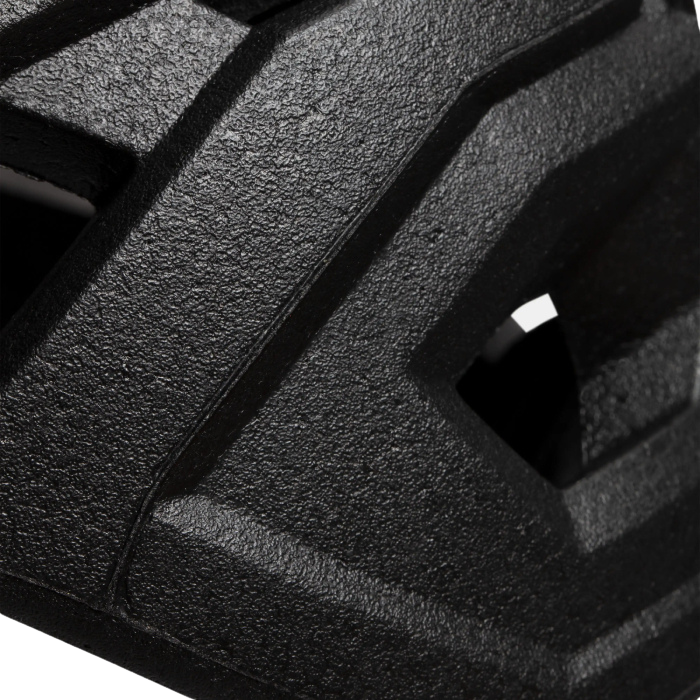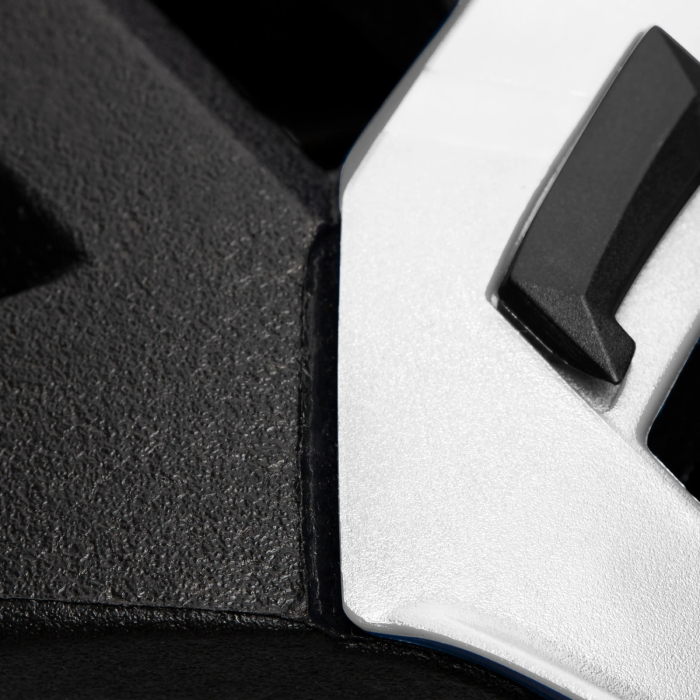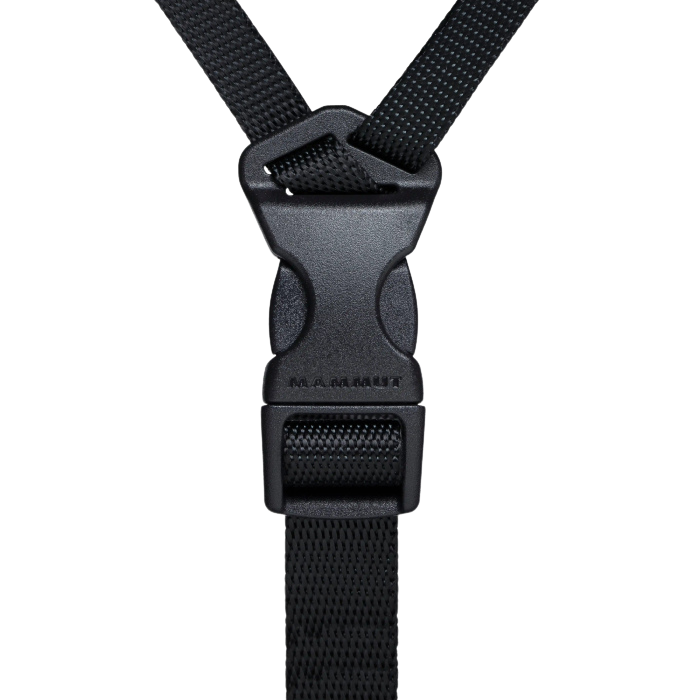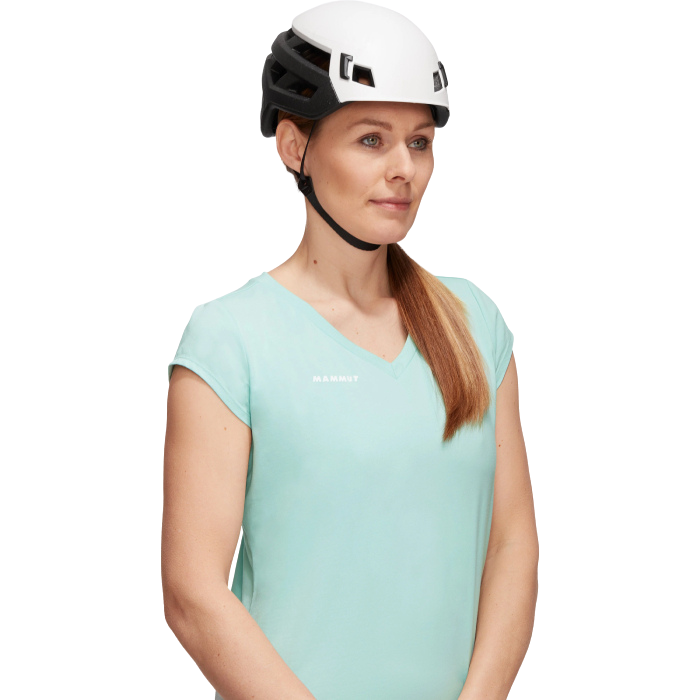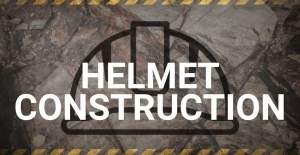Wall Rider
Description
A top-class, ultra-lightweight climbing helmet! The very low weight is achieved by using an EPP (expanded polypropylene) shell and an absolutely minimalist adjustment system. In addition to the excellent cushioning properties of the EPP plastic, the helmet shell is also reinforced with a robust hard shell so as to guarantee maximum safety. To help climbers keep a cool head when solving the next crux section, the Wall Rider is equipped with numerous generous ventilation openings. The superb fit and the individually adjustable adjustment system ensure that the helmet sits perfectly on the head. There are also two clips and a elast strap to attach a headlamp securely to the helmet.
Retail price
When you click a link below and then checkout online, no matter what you buy (climbing gear or not), we get a small commission that helps us keep this site up-to-date. Thanks!


Weight (g)  Weight (g)In grams, the weight, as stated by the manufacturer/brand. If there are differences in weight (due to multiple size or optional accessories) we note those here. | 195 g Size 1: 195 g / 6.9 oz |
Gender  GenderThis is the gender as stated by the manufacturer/brand. We use the term "Men" and "Unisex" interchangeably, as there is no difference between these types of helmets. |
Unisex |
Size Range  Size RangeThe sizing options of the helmet according to the manufacturer. | 20.00 in - 24.00 in Size 1: 52-57 cm / 20-22 in |
Features  FeaturesBike Cert (EN 1078)The EN certification for helmets used for bicycling and skating. The major difference in testing 1078 involves needs for more head coverage and for the helmet to pass a deflection or 'roll-off' test of the impact force. BrimHaving a brim on a helmet may be inconsequential to some climbers but they make a great additional bit of protection against sun, rain and falling debris like small rocks or verglass. Multiple SizesThis is helpful for those with particularly small or large heads because helmets that come in 2 or 3 sizes cover a broader range of head size. Usually these are denoted as size 1 or 2, though some brands have S/M and M/L. Face Shield CompatibleFace shields are a part of PPE that could be handy when drilling, developing and cleaning particularly dirty remote routes. Usually only used by work at height professionals. MIPS technologyMIPS or Multidirectional Impact Protection System is a technology designed to reduce the amount of impact force that makes it to the brain. This is accomplished by adding a low friction cap between the liner and the helmet, allowing the shell to deflect around the head rather than transfer the forces from impact directly to the wearer. Many bicycle helmets include this feature and it is starting to be applied to sports like skiing, motorcycling and climbing. Many MIPS helmets are also EN1078 compliant. Ponytail CutoutSo far these are only found in "women's" helmets. It's a cutout / notch area that accommodates a low hanging ponytail hairstyle. RECCO® reflectorThese are used in locating someone missing or buried in an avalanche and are becoming more common in climbing gear due to the increased popularity of ski mountaineering. Though they are more often sold as something to add onto the helmet than being built into one, some manufacturers have begun to build them in. Ski Cert (EN 1077)The EN certification for helmets used for climbing and skiing. This test is simpler than the EN/UIAA one performed for helmets in general, but increases the amount of force that a helmet must endure. Likely this to simulate the faster speeds involved with downhill skiing impacts versus rockfall or climber accidents. This cert becoming more common in helmets as SkiMo popularity increases and more climbers are adding backcountry skiing to their mountaineering repertoire. |
Brim Multiple Sizes |
Quick Adjust  Quick AdjustQuick Adjust refers to the straps of the helmet. Do you want the ability to ability to "quickly" adjust the fit. This could be a dial, or other plastic pieces. Really, most climbers don't need to change the fit of the helmet often, unless you're climbing with and without hats, or you have big hair that flattens and then requires tightening after climbing for awhile. |
No |
Vents  VentsRefers to openings in the helmet body to allow air flow. Commonly found in most helmets these days, but often more so in foam and hybrid foam helmets than traditional hardshell polycarbonate shells. Learn More
Click here to read more on helmet construction |
Yes |
Headlamp Compatable  Headlamp CompatibleMany helmets include hooks or clips for holding a standard headlamp in place, which is quite useful for the caver or alpinist. Ask any climber who has been benighted and they’ll tell you just how useful this feature can be. |
Yes |
Face Shield Compatable  Face Shield CompatibleFace shields are a part of PPE that could be handy when drilling, developing and cleaning particularly dirty remote routes. This feature isn't very common in climbing helmets and usually only used by work at height professionals. |
No |
| Certification | EN, UIAA |
The Mammut Wall Rider is a lightweight, comfortable molded foam helmet with good ventilation and increased durability from the partial capping of the helmet with a hard plastic shell. The thin chin straps and comfortable padding make it an attractive option for a wide range of climbers.
The combination of a low profile, hard plastic top with the lightweight EPP body allows the Wall Rider to provide a high level of protection and durability in a comfortable and reasonably lightweight package. Some helmet designs have shaved off a few grams here and there by adding more vents, which also makes them a bit flimsy, or by removing features. This helmet has added features to increase safety and durability but still falls on the lighter end of the spectrum of lightweight helmets. An innovative and elegant design from the crew over at Mammut.
The Mammut Wall Rider is a lightweight, comfortable, well-ventilated helmet that should serve as a great alternative to the lightweight Petzl helmets for those who don't like the way they fit. Despite being made of EPP foam, it isn't the lightest choice, and for us, it doesn't fit quite as comfortably as some others, but we still feel it's a good lightweight option that isn't prohibitively expensive.
The Mammut Wall Rider is an excellent lightweight climbing helmet that is more durable than a traditional foam helmet. The EPP foam protects the head well, and it’s comfortable to wear. Although the Wall Rider is slightly more expensive than a traditional hybrid plastic/foam helmet, I think the increase in durability and head coverage is worth the extra money.
Given the marginal price difference, significant increase in durability, and zero trade off in protection, I don’t see any reason to still buy an EPS helmet, and I’m not sure that there is a better climbing helmet on the market than the Wall Rider given its combination of durability and weight.
The Rider has a minimalist but adjustable suspension system, which uses thin webbing straps to lock it down on your head. The system is quick to cinch tight or loosen, making it easy to add or remove a hat on the fly—and it’s comfortable either way. Add that to the generous ventilation in the EPP core, found around the sides and back of the helmet, and The Rider is great for both ice climbing and cragging in the sun.
The combination of a low profile, hard plastic top with the lightweight EPP body allows the Wall Rider to provide a high level of protection and durability in a comfortable and reasonably lightweight package. Some helmet designs have shaved off a few grams here and there by adding more vents, which also makes them a bit flimsy, or by removing features. This helmet has added features to increase safety and durability but still falls on the lighter end of the spectrum of lightweight helmets. An innovative and elegant design from the crew over at Mammut.
The Wall Rider offers good protection in a low profile design. It's less bulky than the Vector, yet more roomy underneath. For example, I can fit a beanie under the Wall Rider helmet (size small), but I can't fit the same hat under a size small Vector. The rear cinch straps are easy to adjust with one hand when I switch hats. And, major bonus, the Wall Rider's headlamp retention straps are wide enough to secure a goggle strap. The Vector and Meteor helmets lack this feature, and in the past I frequently resorted to duct tape to keep my goggles in place. Furthermore, the side vents are larger than the Sirocco's vents, helping you keep cool in hot weather.
A pictoral representation of the UIAA-106 and EN-12492 standards for helmets.
The UIAA equipment standard provides a baseline for equipment performance in a test lab under controlled conditions on new equipment. Although these test conditions are relevant to the conditions encountered climbing, conditions encountered at the crags and the condition of the equipment are equally important. This recommendation from the UIAA member federation The British Mountaineering Council (BMC) provides vital equipment information that is NOT explicitly addressed in the standard, particularly failure modes of the equipment and recommendations for the use, inspection, maintenance, and retirement of equipment.

